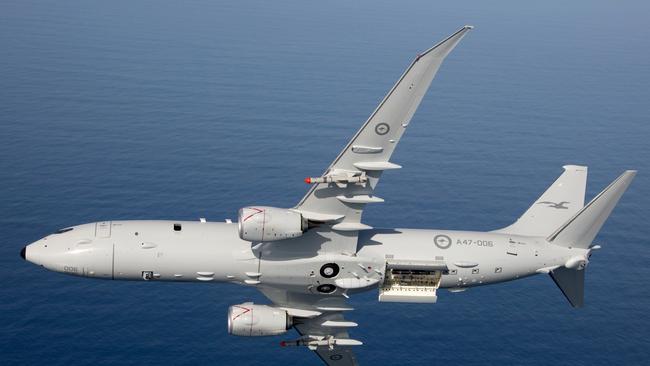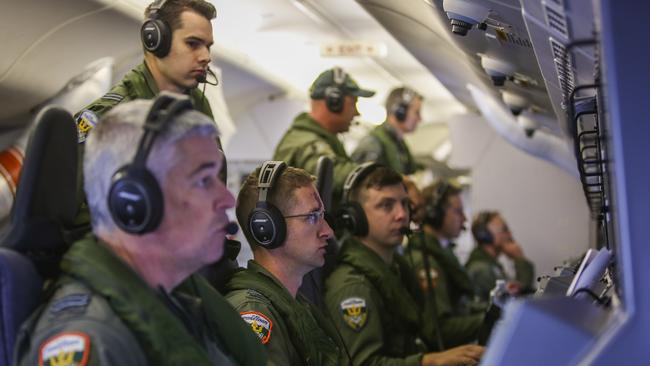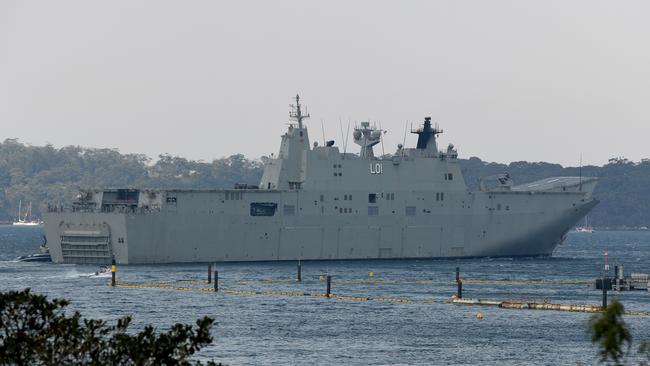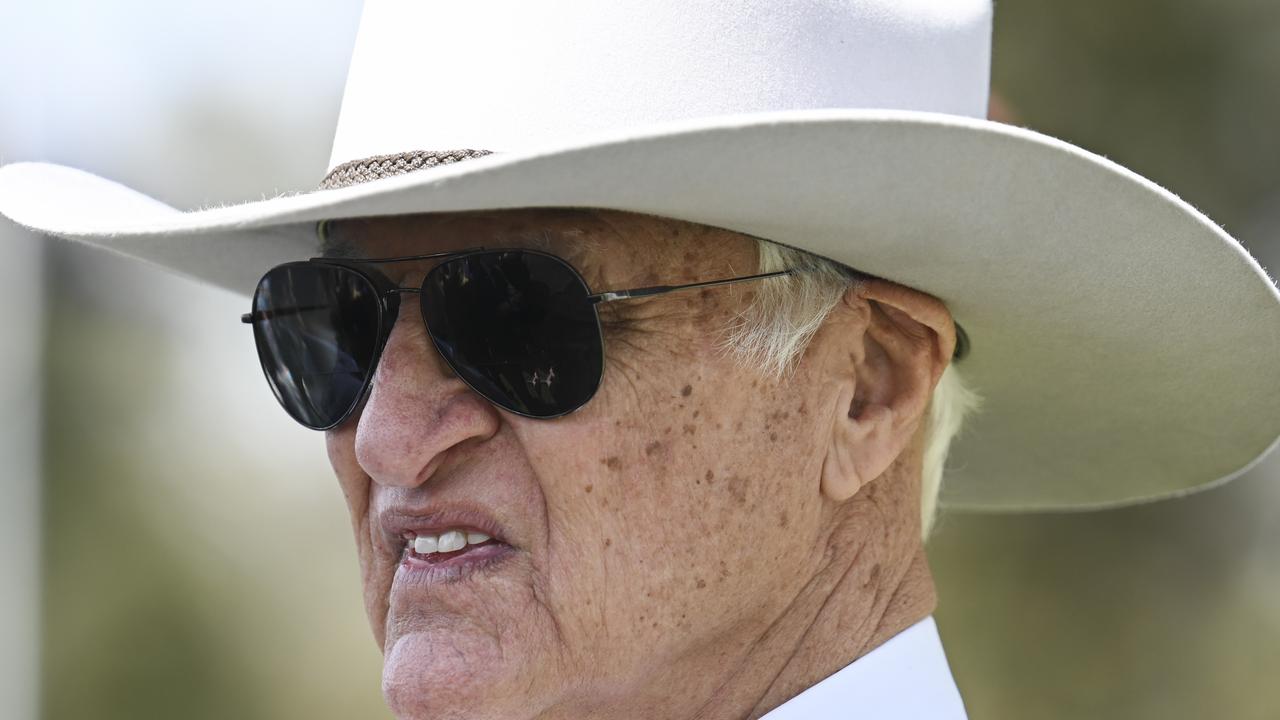Bushfires: High-tech military assets join the fire fight
Some of the Australian military's most advanced aircraft have been launched above the nation’s southeastern coastline.

Some of the Australian military's most advanced aircraft have been launched above the nation’s southeastern coastline as engineering units with heavy machinery on Sunday arrived in bushfire-stricken areas to begin pushing their way through to isolated communities.
Three Chinook choppers have been helping evacuate people in Victoria from a base in Sale, including the last of the people who wanted to leave the Gippsland town of Mallacoota, and another three helicopters were to leave Townsville in the coming days.
A P-8A Poseidon, a highly advanced surveillance and anti-submarine aircraft, has begun reconnaissance flights in Victoria, between Sale and Mallacoota.

Black Hawks have also been ferrying firefighters between Bairnsdale and Mallacoota, and evacuating some of the more vulnerable people from the town.
The HMAS Adelaide, carrying 400 personnel and 300 tonnes of relief provisions, arrived at Eden on Sunday. On board was heavy equipment to help clear roads in East Gippsland and NSW.
A day after announcing the deployment of 3000 army reservists, Scott Morrison said the initial focus of the military operation would be to assess conditions around the hardest-hit communities. “What I can tell you is the focus of the ADF today is to be making assessments of the need, and to work with the various state agencies as to how best they can now move forward and meet those needs in the critical areas,” the Prime Minister said.
“In the last 24 hours, in Victoria, navy support included navy ships evacuating some 1100 isolated persons from Mallacoota, and the MV Sycamore arrived in Western Port this morning on the Mornington Peninsula.”
Chief of the Defence Force Angus Campbell said: “We’ll be focused on safety of life, evacuation of people seeking to leave affected areas, support and access to isolated communities, and support to state evacuation centres.”
The federal government, under fire for releasing an ad detailing the escalation of the military deployment, was also placing print advertisements about it in “major newspapers” (including The Australian) on Monday, Defence Minister Linda Reynolds said.

About 350 people were also evacuated by the Chinooks from Mallacoota, with supplies including food and fuel delivered by air.
Taipan, Seahawk and EC-135 helicopters were to be used for fire mapping, surveillance and search-and-rescue operations between the NSW Hunter region and the south coast.
Medical teams were also deployed, and three new taskforces announced. One was based in Melbourne with the 4th Brigade, another in Sydney with the 5th Brigade and the third, in Adelaide and Tasmania, was based with the 9th Brigade, Senator Reynolds said. “We activated these brigades through the callout to ensure we have the maximum possible trained personnel available to support the efforts in their states,” she said. “We have also activated army reserve elements from 17 brigade, which again is headquartered in NSW for their specialist logistics support.”
The escalation of the military operation was welcomed by Victorian authorities. Emergency Management Commissioner Andrew Crisp said he, like his NSW counterpart, was not “formally notified” about the increased troop deployment but said they would be put to good use.
“The property losses — that’s a priority for the ADF, working with the Metropolitan Fire Brigade and others at the moment,” Mr Crisp said. “We want to better understand the impact of these fires on our community. Also in relation to clearing our roads. We know that’s critical, so we can relieve pressure on our communities and not have isolated communities. So for me, additional boots on the ground, reservists, I’m sure can be tasked in many different ways.’’
At Melbourne’s State Control Centre on Sunday, Brigadier Matt Burr said work had already begun in East Gippsland. “Our past 24 hours were primarily focused on evacuation and our prioritisation of life, in the conditions we had,” Brigadier Burr said. “That’s where you saw the bulk of the (Sycamore) ship and (HMAS) Choules doing evacuations there.
“As we step forward, we’re assisting in rapid impact assessment. We’re also providing transport to enable all emergency response relief efforts within affected towns.”



To join the conversation, please log in. Don't have an account? Register
Join the conversation, you are commenting as Logout